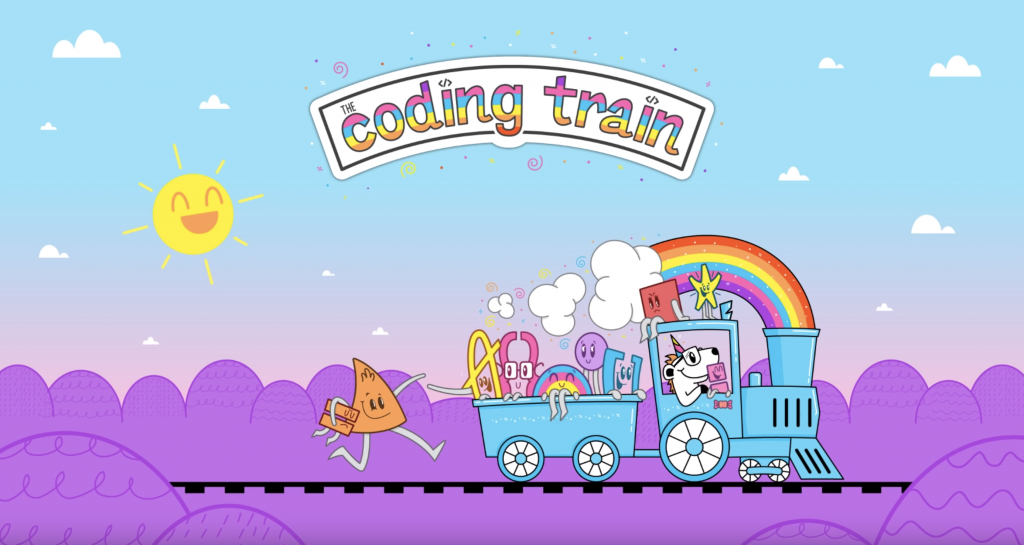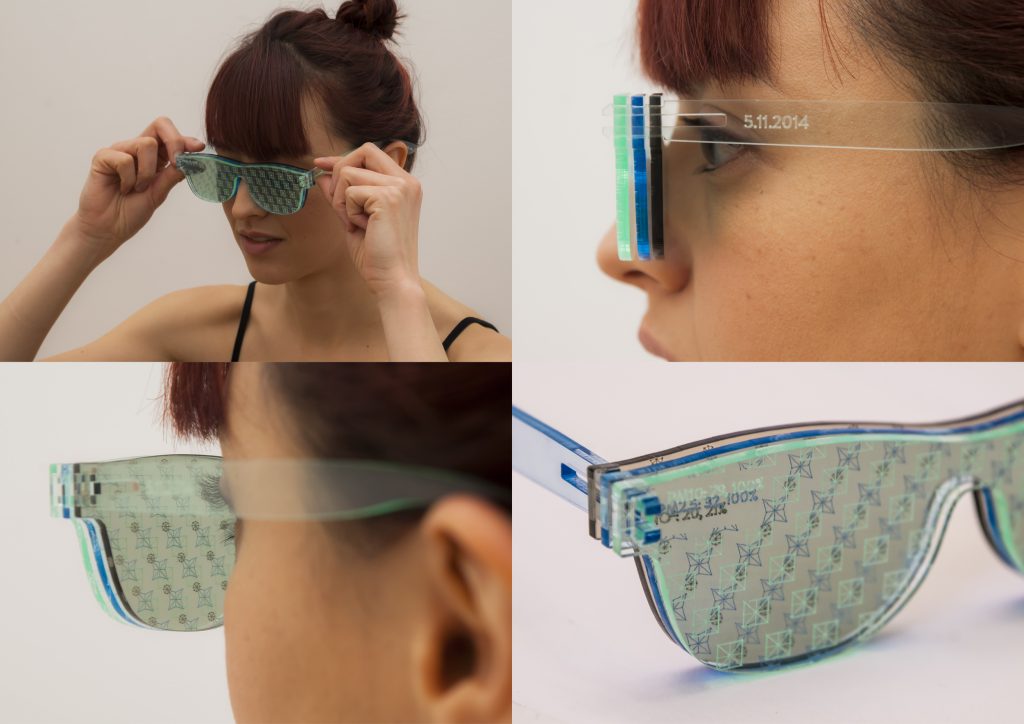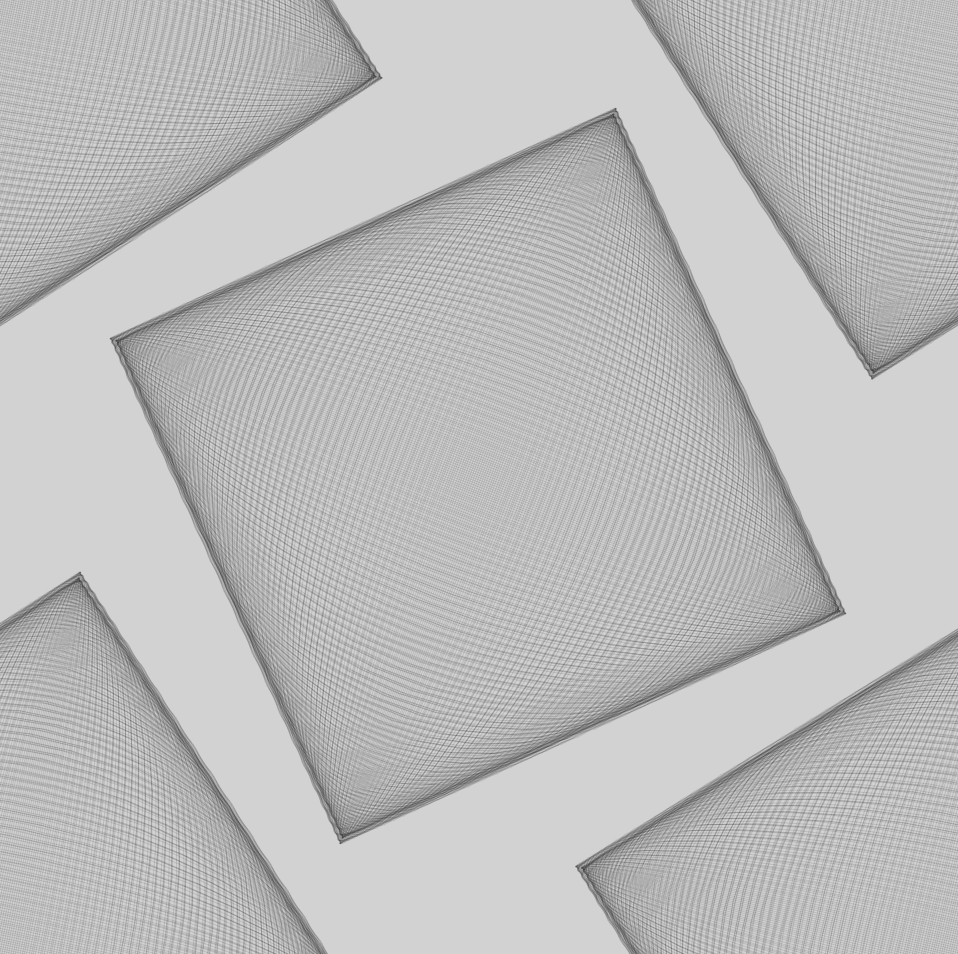Daniel Shiffman an Associate Arts Professor at NYU with degrees in math and philosophy from Yale and a master degree from the ITP. He works with the Interactive Telecommunications Program at NYU. He also wrote two books about processing: Learning Processing: A Beginner’s Guide to Programming Images, Animation, and Interaction and The Nature of Code . Perhaps his most well know the platform is youtube, where he has a channel with only 99k short of a million followers. This account is called The Coding Train, with a very fun and youthful theme with highlights of magenta throughout his videos and images (including his profile picture!). Here, he posts tutorials on coding for web, games, etc. with languages such as p5js, java, and more. He also posts challenges and other varieties of coding videos, Since youtube is so popular and accessible these days, I find his channel helpful in inspiring younger children ( or any beginner) to learn how to code. His fun theme of the train and bright colors makes coding seem inviting and welcoming. He also uses a green screen in all his videos so that he is shown talking in the corner with his laptop. It makes his videos, and especially his live streams, seem more personal and well edited. Overall, not only does Daniel work in a university setting and is very accessible to students, his platform on youtube and social media makes him even more influential in the coding community.

![[OLD FALL 2019] 15-104 • Introduction to Computing for Creative Practice](../../../../wp-content/uploads/2020/08/stop-banner.png)










